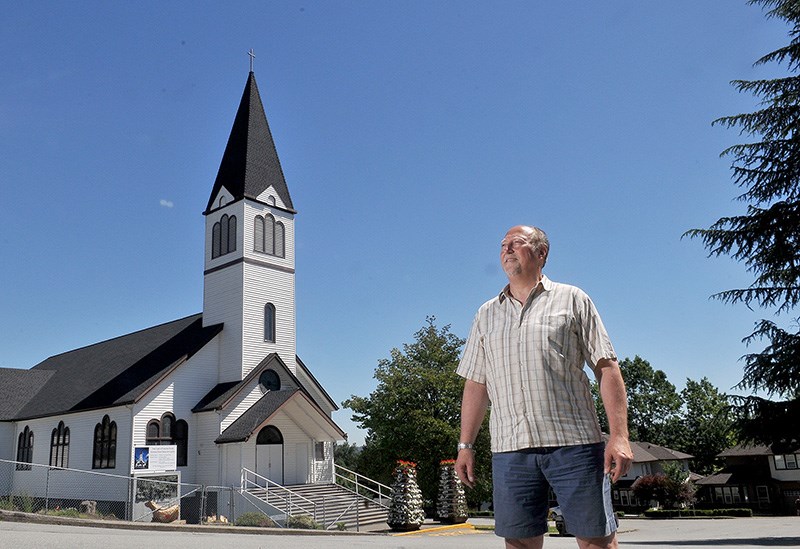A community’s history helps forge its identity, which is why it’s important to honour and preserve that history as much as possible says historian Maurice Guibord.
Next Tuesday, Guibord will lead a walking tour of Coquitlam’s historic Maillardville neighbourhood, which was settled and built by French-Canadian pioneers in the early 1900s who were drawn west by the promise of steady work at the nearby Fraser Mills sawmill. So many came, in fact, it was once the largest Francophone community west of St. Boniface, Man.
The mill is long gone, now — the riverfront site now designated as a future residential and commercial development — as are many of the small homes built by the lumber company to house migrant workers and their families. The handful that remain stand resolutely against the march of redevelopment.
Guibord says Canada’s relative youth works against efforts to preserve the past. It’s easy to fight for the preservation of a church or building that’s centuries old but more difficult to argue the merits of an 80-year-old wood frame house that’s seen better days. So as urban sprawl expanded eastward in the 1960s and ’70s and the village of Maillardville was absorbed into the burgeoning suburbs, the demand for denser, more modern housing came with it.
“There’s a lack of recognition for young heritage,” Guibord says. “The entire Lower Mainland is development-driven. We pay the price for growth.”
But that attitude is changing.
Civic leaders and even some developers are embracing the value of the past to spark a sense of community amidst tracts of cookie-cutter condos and townhomes.
“There’s a growing desire to preserve the little bit of history we have left,” Guibord says.
In Maillardville, that has led to some innovative solutions, like the gutting and modernizing of some of the historic mill town homes while restoring their exteriors; the restoration of old single-family homes that are then incorporated into new multi-family developments; and the adoption of design guidelines for modern buildings to echo the architectural character of original structures.
It’s a bit history-lite but it’s something, says Guibord, who will be taking his group past some of the neighbourhood’s significant homes, like Maison Leblanc, Mullen House and Beaubieu House. He’ll also share stories about the heart of the Maillardville community, Laval Square, where the Notre Dame de Lourdes church has stood since 1938, although the current building is the third church to occupy the site (the first was consecrated in 1910 but burned down two years later and its replacement preceded the current structure).
Events like the annual Festival du Bois, which celebrates Maillardville’s French-Canadian heritage, also raise awareness in the wider community about its history and the journey it’s taken to get to the present day.
“As long as there’s a partial footprint of that history, it’s not going to disappear,” Guibord says.
• Guibord’s walking tour is presented by the Coquitlam Heritage Society as part of its A Man’s World speaker series. It will be held Aug. 15, from 6:30 to 8:30 p.m. and starts at Mackin House (1116 Brunette Ave.). All ages are welcome and the cost is $10 per adult, $5 for children 12 and younger. Registration is required; go to coquitlamheritage.ca/eventslist to find a link to sign up.



